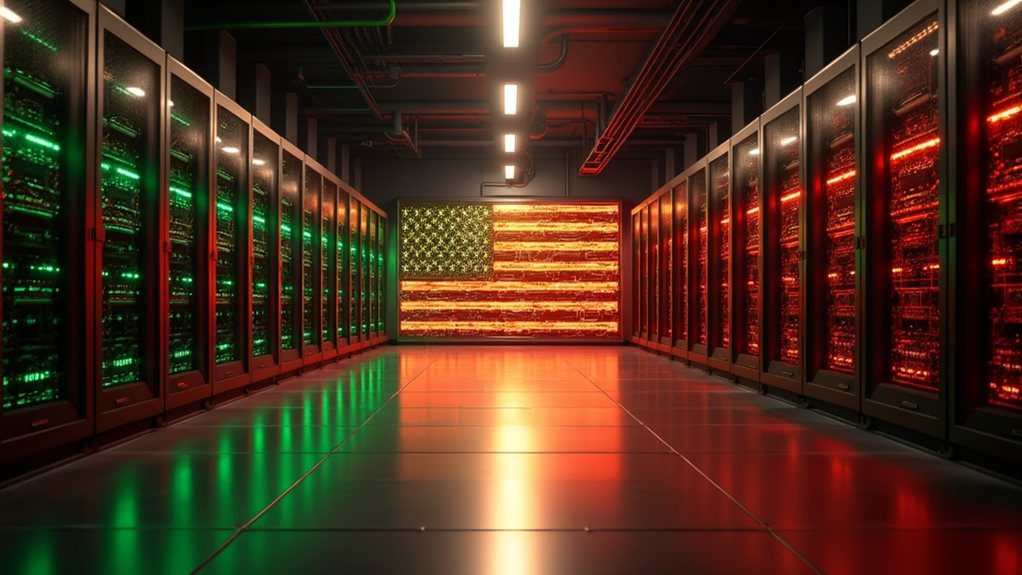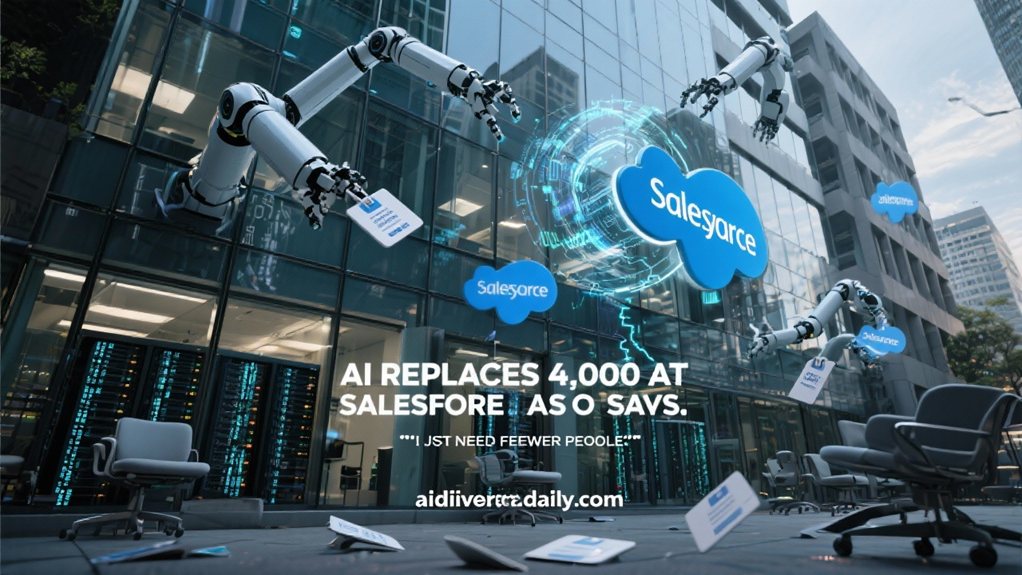America’s AI Free-Market Revolution
Freedom, it seems, has a new definition in Washington. Former President Trump’s January executive order on AI has flipped the script on how America approaches artificial intelligence. Titled “Removing Barriers to American Leadership in Artificial Intelligence,” the order makes no bones about its priorities: deregulation, innovation, and American dominance.
Out with Biden’s cautious approach. In with Trump’s free-market philosophy.
Biden’s guardrails crumble as Trump unleashes AI’s potential through market forces rather than government oversight.
The contrast couldn’t be more stark. Biden’s now-rescinded order focused on guardrails and equity. Trump’s vision? Let the AI run wild. Well, not exactly—but close enough. His administration frames AI as a competitive race America can’t afford to lose, especially not because of pesky regulations or what they dismissively call “engineered social agendas.”
Meanwhile, the education sector is getting its own AI makeover. The April 23rd order establishes a White House Task Force on AI Education and launches a Presidential AI Challenge. Kids need to learn this stuff, apparently. The initiative specifically targets registered apprenticeships to develop AI-related skills for the workforce.
Public-private partnerships will create AI literacy resources while federal agencies throw money at the problem through grants and fellowships. Nothing says national priority like government cash. The focus on critical thinking skills remains essential as AI systems become more prevalent in daily life.
The regulatory rollbacks are where things get interesting. Trump’s administration has taken an ax to disparate-impact liability under DOJ Title VI regulations—the rules that held organizations accountable when their policies disproportionately harmed protected groups.
Their reasoning? Limited resources and a belief that such liability is simply “unlawful.” Protection against systemic discrimination? Not a priority.
Federal agencies are now scrambling to reduce AI-related “regulatory burdens.” Any directives perceived as ideologically biased or limiting innovation are heading for the chopping block. This approach places the U.S. at odds with EU AI Act’s standards, creating potential market access challenges for American companies operating globally.
The message is crystal clear: less constraint, more development. Government overreach is the enemy; unbridled technological advancement is the goal.
Hovering on the horizon is an extensive AI Action Plan, due within 180 days. Presidential advisors across science, technology, national security, and economic domains are hammering out the details.
Whatever emerges will likely reinforce this new hands-off approach.
Love it or hate it, Trump’s AI strategy represents a radical departure from the cautious global consensus forming around AI governance. The question remains: Will this deregulatory gamble position America as an AI superpower, or remove essential protections just when we need them most?









